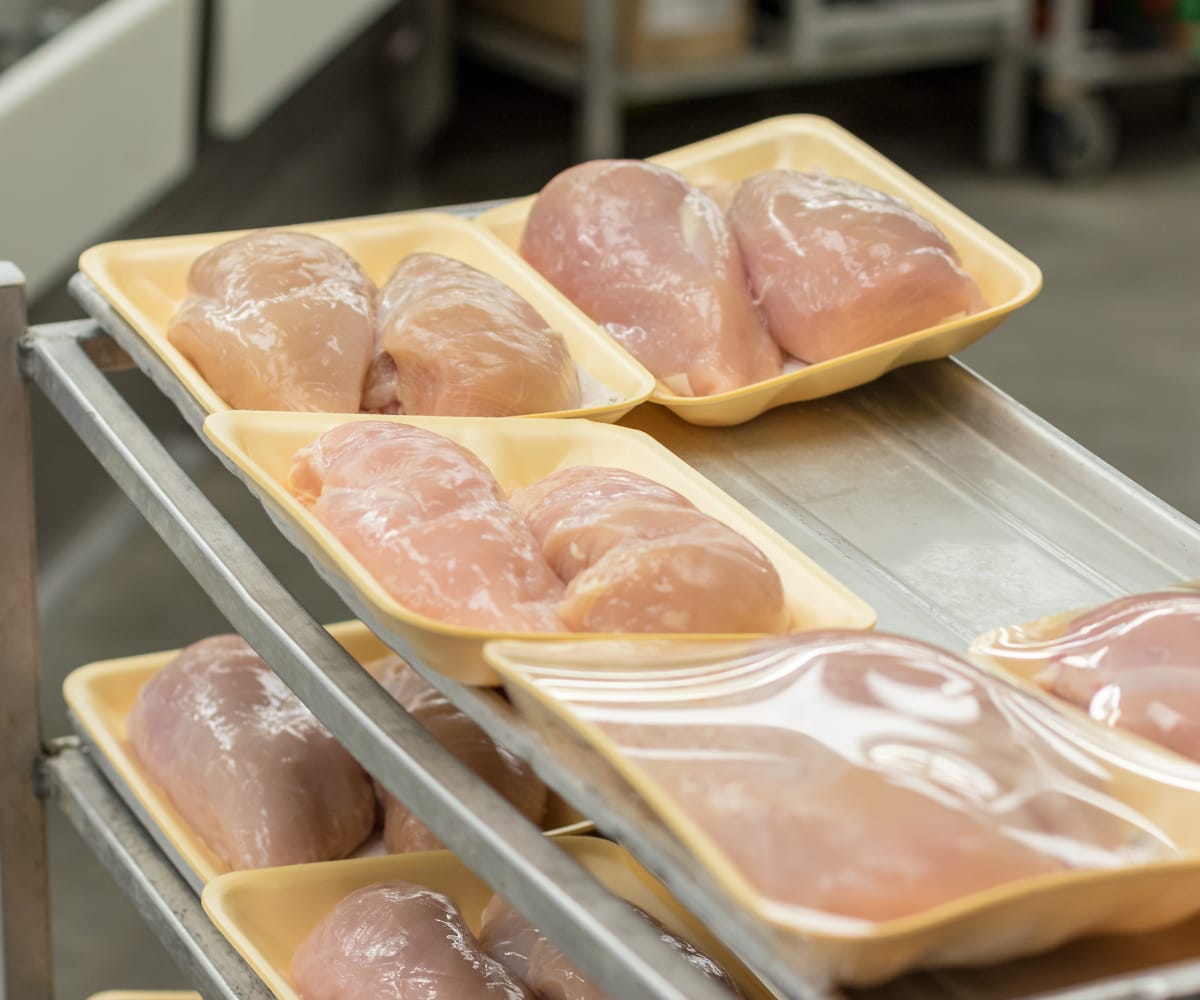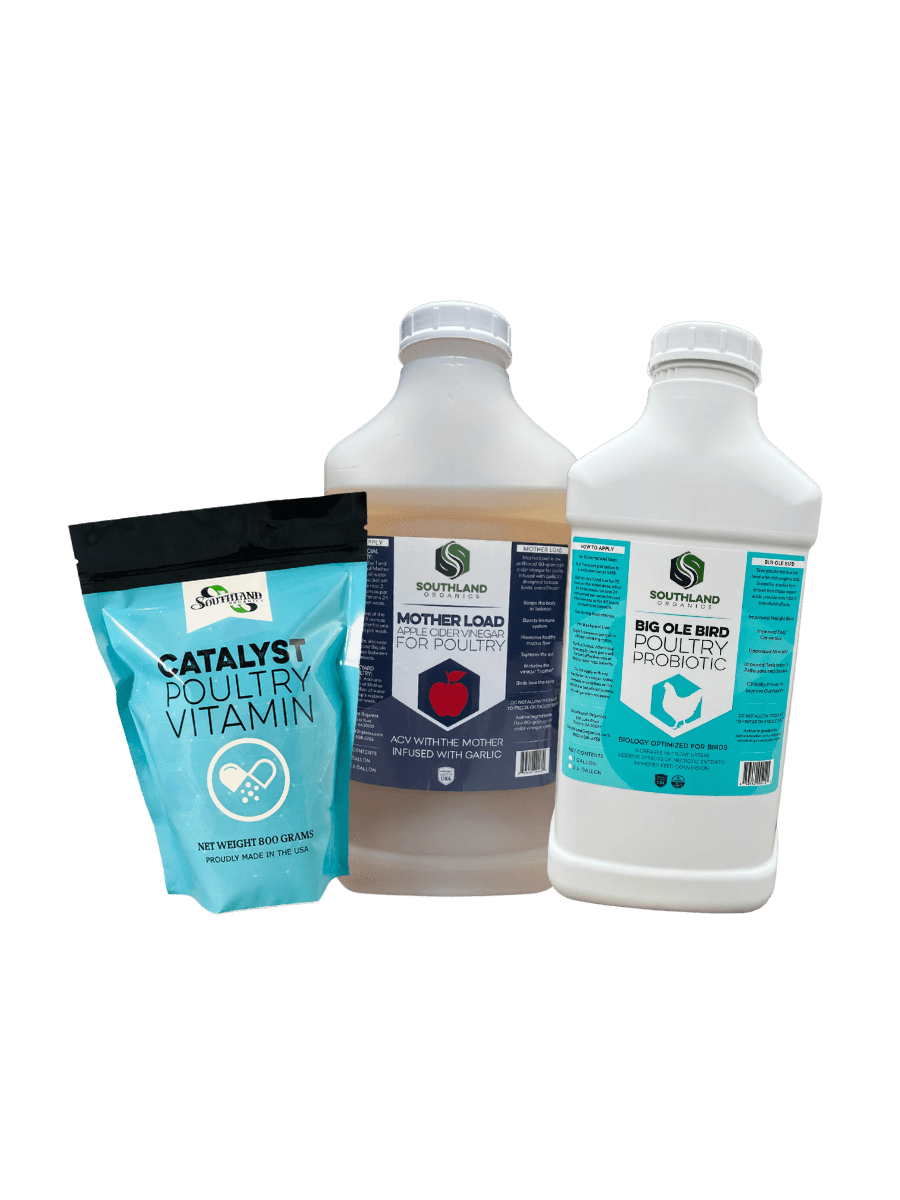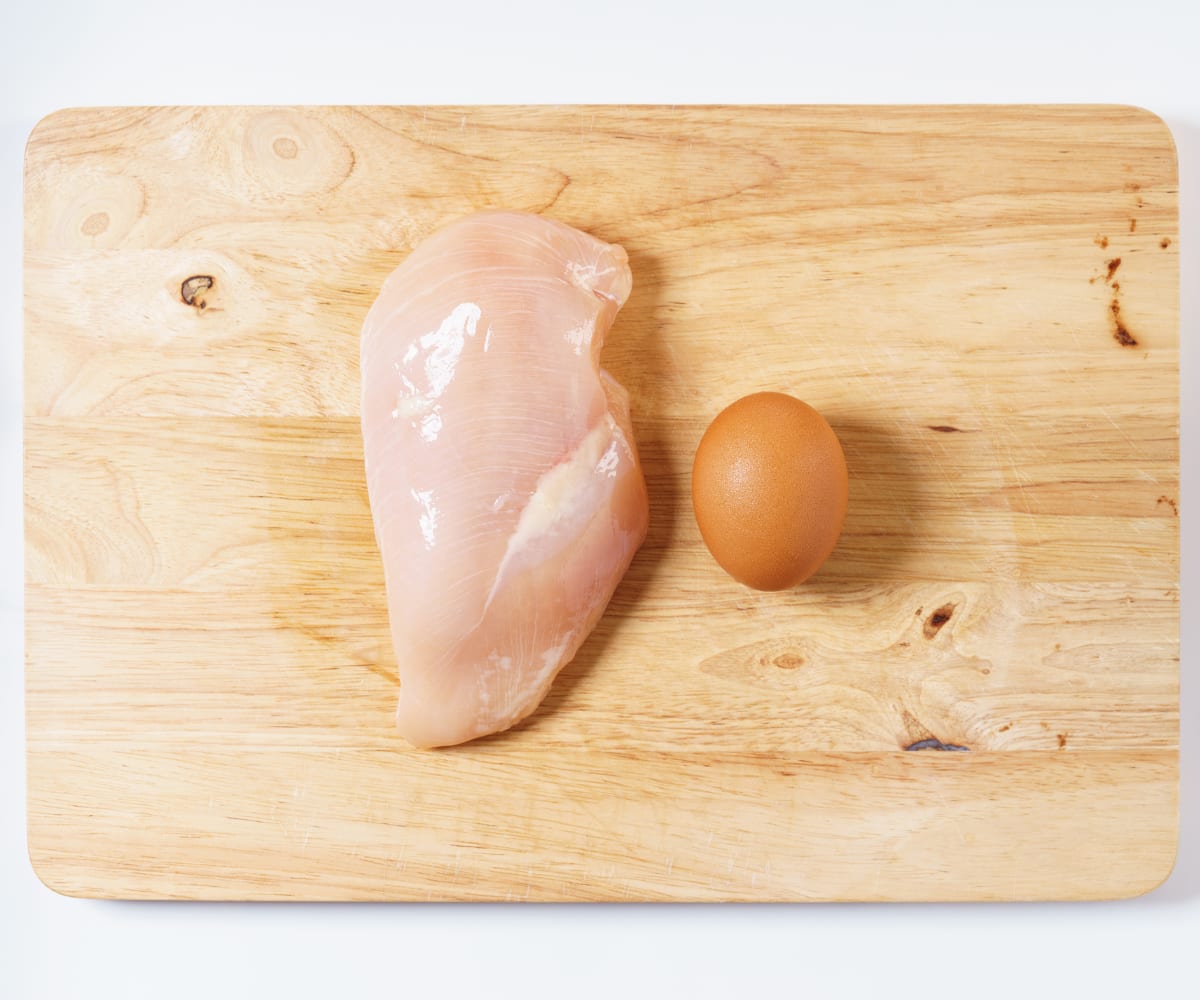Antibiotics, anticoccidials and supplements have been an available tool to the average livestock producer for more than a decade, but rising concerns from regulatory groups and consumers have drastically changed the poultry industry’s sentiment towards these tools of the trade. If you raise poultry, you are no stranger to changes in antibiotic regulations—but you may have some lingering questions. In the last 10 years, the industry has seen some pretty dramatic changes, but where did they come from? Why did they happen? Where are we headed next?
Changes in Antibiotic Regulations

The poultry industry—not unlike other livestock industries—often experiences change in response to a combination of regulatory action and consumer preferences. One of the driving factors in changing attitude toward antibiotic use is the growing concern for antibiotic resistance that began to make waves around 2013. During this time, antibiotic use in animal production resembled something like the Wild West—not because of negligence or malintent, but because antibiotics were a little misunderstood.
Things changed when research started to report that bacteria that overlapped between animal health and human health were beginning to show resistance to common drugs used in human medicine. This risk prompted policy makers to push for new regulations over antibiotic use in food animals. Two of the main regulations included 1) the veterinary feed directive, which required a veterinary prescription to include antibiotics in the feed or water given to food-producing animals, and 2) Guidance for Industry #213, which went into effect in 2017—a year most poultry producers remember. This new law prohibited the use of antibiotics in livestock as a weight promoter.
NAE Chicken
When these regulations began, major poultry companies made the leap to programs like no antibiotics ever (NAE) and antibiotic free to both conform to new regulation and respond to consumer concerns as they began to learn of the threat of antibiotic resistance. And for all intents and purposes, these programs worked.
Consumer approval was proven by an increase in sales of products labeled NAE, grossing $5.6 billion in 2021, compared to $1.8 billion in 2015. The U.S. Poultry and Egg Association even reports drastic changes in the use of antibiotics over all sectors of poultry in the last 10 years—especially in broilers where more than 52% of birds are produced under a “NAE” type program today, compared to 3% in 2014. But implementing these programs has not been without its challenges.
Effects of New Poultry Programs

Poultry farmers and integrators have seen the impact that removing antibiotics has had on bird productivity and profitability for both the grower and the integrator. Removal of antibiotic treatments at the level of the hatchery has increased mortality in the first week of life. No longer using antibiotics to promote growth has resulted in smaller birds or longer grow outs for some.
This change has even prompted a wider acceptance of other types of products that promote animal health and growth to make up for the loss of antibiotics. Our Catalyst Poultry Vitamin, Mother Load Apple Cider Vinegar, and Big Ole Bird Poultry Probiotic are three examples of this type of product!
Although a portion of the poultry industry has adopted some form of antibiotic-free production, this is still a situation that is ever changing. Most recently, one of the largest meat producers in the country announced their plan to shift from no antibiotics ever (NAE) to no antibiotics important to human medicine (NAIHM). In a quote published by WATT Poultry, this company said this decision was made based on “sound science and an evolving understanding of the best practices impacting our customers, consumers, and animals in our care.”
Advantage of NAIHM over NAE

So, what is the advantage of NAIHM over NAE? No antibiotics important to human medicine simply means that drugs that are commonly used to treat illnesses in humans will not be used to treat production animals. While NAE may be several notches higher in the eyes of the group of today's consumers who want chicken nuggets and chicken tenders made from chickens raised without any antibiotics throughout the growing process, NAIHM allows producers the flexibility to treat sick animals, while being respectful to the role that food animal production plays in the world of antibiotic resistance and the idea of our entangled health systems.
In the ever-changing world of animal production, antibiotics have been a hot topic for more than a decade due to the connection between antibiotic use in food animals and antibiotic resistance. This has meant changes in farm management, changes in production and changes with profitability for the average poultry grower. We hope that we have helped you better understand the decisions and regulations that have impacted you and your farm.
Contact Us
If you have any questions, feel free to reach out to me at alyssa@southlandorganics.com or Allen at allen@southlandorganics.com! If you want to stay up to date on our content made just for poultry growers, subscribe to our Poultry Biosecurity YouTube channel.






